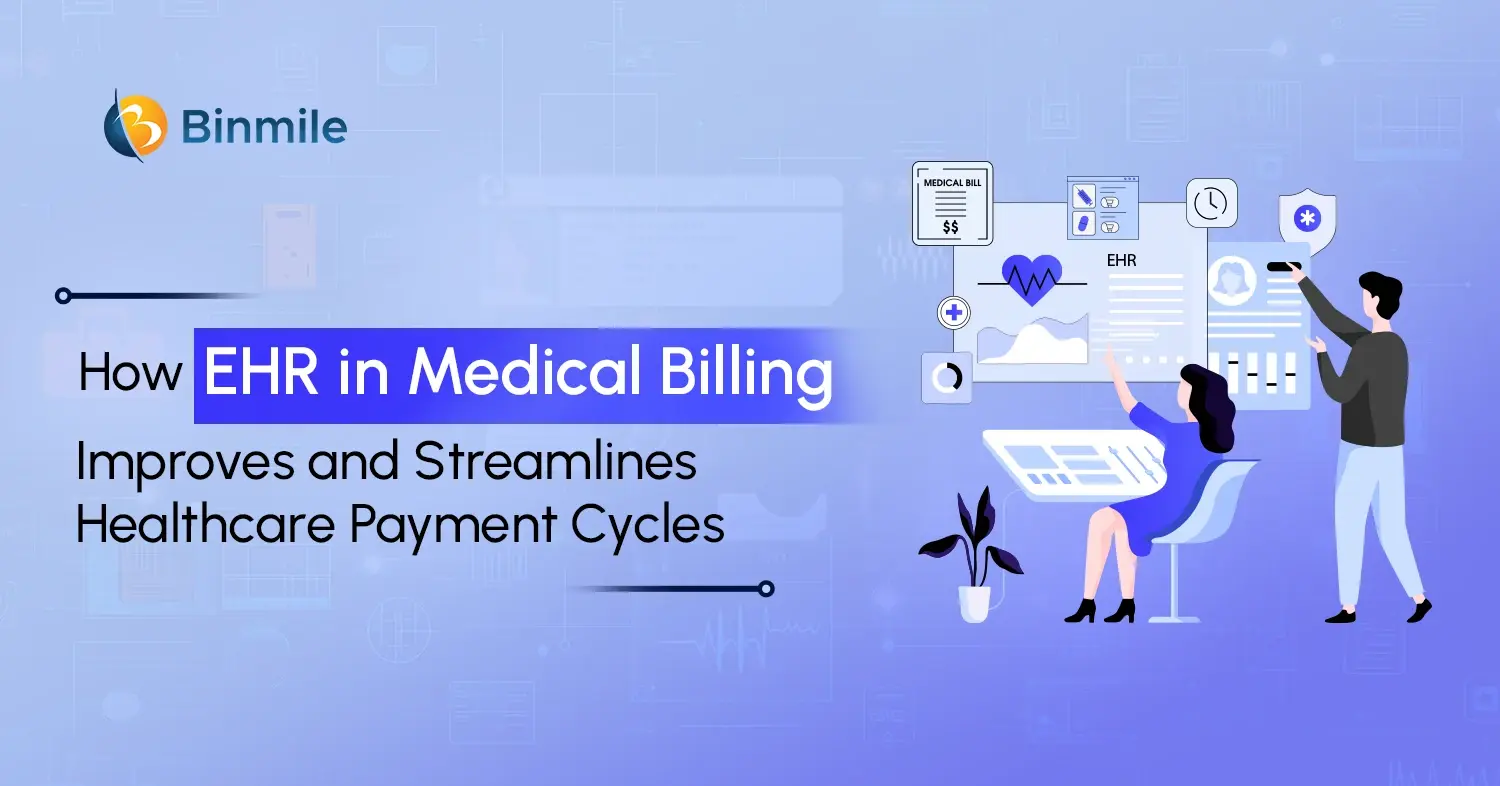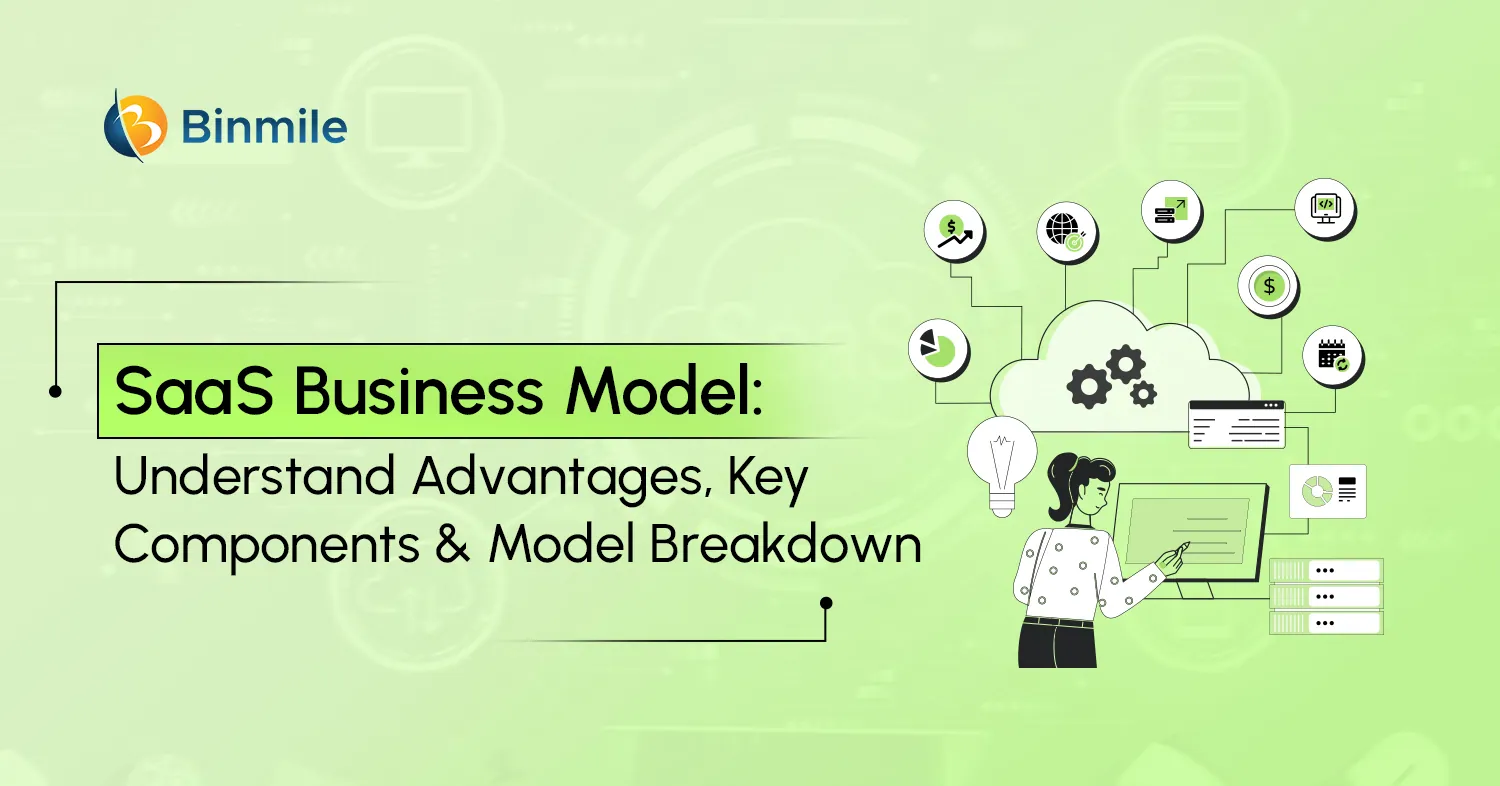Software-as-a-service Applications, or SaaS, are drastically altering the market. SaaS applications offer their services online as opposed to developing software product solutions for offline use. According to Gartner, global user expenditure on cloud computing services is forecasted to grow by 20.7% in 2023 and reach $591.8 billion. It is predicted that the Software as a Service (SaaS) market alone will be worth $253.62 billion by 2023. Future years are probably going to see this pattern continue.
With SaaS, app development becomes a much more efficient and convenient process. As a result of the ability to host data and assets remotely, companies no longer need to purchase expensive hardware. They do not maintain local IT departments either. Instead, they focus on developing innovative SaaS apps and marketing their products. Let us now explore how to develop a SaaS application most cost-effectively.
What is SaaS Application Development?
SaaS (Software-as-a-Service) application development creates cloud-based applications hosted on secure servers, such as customer relationship management systems or healthcare solutions. These apps provide users access to the information they need in one convenient location – anytime and anywhere. The custom software development company of your choice can help create SaaS apps that are easy to use and integrate with any existing systems.
Businesses can grant users web access to these programs customized to fit their specific needs. It reduces labor costs and improves performance metrics. Furthermore, SaaS significantly reduces maintenance costs and is exceptionally user-friendly. It allows customers to stay updated with the latest features automatically without needing significant time or financial resources.
Utilizing SaaS is a great way for businesses to ensure they’re always up-to-date with the most current technology without purchasing and continually maintaining the software themselves.
Key SaaS Components
SaaS app development requires several components to build an effective SaaS application. These components make up the backbone of the SaaS platform and can make all the difference in user satisfaction, performance, and scalability.
1. Customer Relationship Management (CRM) System
By applying CRM in SaaS app development, organizations can build strong relationships with their customers and deliver better user experiences. It helps SaaS companies identify customer needs, create tailored solutions for users, monitor feedback, and track goals over time.
Having an effective CRM system allows SaaS businesses to optimize their operations and maximize their SaaS application more efficiently. With the benefits of custom CRM solutions appreciated in SaaS app development, businesses must start creating SaaS applications that truly meet their customers’ needs and expectations.
2. Billing System
Building a SaaS application can be challenging, as it needs many elements to succeed. One essential SaaS component is the billing system. With an efficient and secure billing system, SaaS app developers can ensure customers have access to fast and reliable payment processing, which can help reduce customer churn.
Additionally, having access to advanced invoicing capabilities means effortless onboarding for customers and helps businesses better manage their customer service process for SaaS services. A great billing system is critical for SaaS applications and for organizations looking to successfully service their customers with SaaS solutions.
3. Marketing Automation
As companies strive to utilize the latest technologies, SaaS app development is becoming more popular. Hence, marketing automation can be a key component of a SaaS application. SaaS businesses can maximize customer lifecycles and experiences through marketing automation, automate data analysis to segment users to provide personalized engagements, increase engagement with customers and prospects through email campaigns, and customize at scale. To make a smart strategic investment in marketing automation that yields a strong return on investment, SaaS companies must assess the total cost of ownership.
4. Customer Support
An important SaaS component for any successful SaaS application is an effective customer support system. When developing a SaaS app, it is important to ensure that you provide your users with timely and comprehensive solutions to their issues. Customer support should be considered at every stage of SaaS app development, from product design to final deployment.
Investing in an easy-to-use customer support system can ensure that queries are dealt with quickly and efficiently, resulting in increased user satisfaction and retention. Furthermore, good customer support can enhance your SaaS brand and boost its reputation among existing customers, allowing you to expand your business by marketing to new ones.
5. Customer Analytics
SaaS app development is becoming increasingly important for small businesses, as the SaaS model has revolutionized how people access apps and software. Therefore, integrating customer analytics into SaaS apps is essential for businesses looking to create a SaaS application that meets user needs and provides value-added services. By leveraging customer analytics, businesses can identify buyers’ behavior and preferences during their purchasing journey so they can design SaaS applications tailored to those needs.
Additionally, businesses can use customer analytics to gain insights on potential opportunities for monetization by tracking the usage metrics of their SaaS apps’ features over time. Customer analytics is a key component for SaaS app development, allowing businesses an effective way to gather real-time feedback on how their SaaS applications are performing as well as what features users would like to see.
6. Platform
When creating a SaaS application, the platform is a key component to consider – it determines the ease of use, scalability, and integrations your SaaS product can have. The platform must align with your SaaS business model and strategy – therefore, taking time to adequately research the right fit is essential to ensure a successful SaaS product launch.
Without an appropriate SaaS platform, you may risk your SaaS app falling short of customers’ expectations and not meeting their needs. So whether you’re just entering the SaaS market or revamping your existing SaaS application portfolio, having an experienced team to help guide you in selecting the right SaaS platform can make all the difference.
7. Infrastructure
To create a SaaS application that meets customer expectations, you will need to incorporate infrastructure as one of the critical components. Infrastructure plays an essential role in SaaS app development, from storage and computing capabilities to automated backups and scalability features.
Investing in high-quality infrastructure is essential for any SaaS business hoping to compete successfully in the market. With robust system resources, your SaaS application can remain reliable even when user numbers start to increase exponentially. Make sure your SaaS implementation includes the right infrastructure if you want your customers to have access to an exceptional digital service.
Also Read: Right Tech Stack for SaaS Development
Importance of Creating a SaaS Application in 2023
SaaS apps are quickly becoming the gold standard of customer experience and engagement. According to estimates, the SaaS market will be worth US $234900 million by 2028. SaaS applications allow companies to optimize efficiency levels, reduce downtimes, and have better control over their operating costs.
The SaaS solutions provide customers with an on-demand experience without needing to install or maintain software, making the technology easier than ever to use. SaaS leads to streamlined processes, cost reduction, and better decision-making capabilities — all of which are essential for business success in the modern digital environment. By embracing SaaS solutions now, businesses are setting themselves apart and positioning themselves for sustained future growth.
Read More: Flexibility of SaaS Apps for Business Enterprises
Costs and Stages of Developing a SaaS Application
1: Market Investigation and Idea Generation
The initial stages of SaaS application development include market investigation and idea generation. In this phase, the business develops an understanding of the SaaS market in which it will be competing and begins brainstorming SaaS app ideas that build on its mission and values.
This is a crucial step for it helps to define the features, functionalities, designs, as well as user flows for the SaaS application. Thorough market research allows companies to ensure there is enough demand for the SaaS service they are developing while also enabling them to identify any potential competitors or opportunities they may have overlooked.
This early investment in research can help make sure that creating a SaaS application goes as quickly and easily as possible by laying out the necessary groundwork before development even begins.
Cost: If you are doing it on your own, there are absolutely zero costs associated. However, depending on the level of expertise, a week’s job can range from $1600 to $3200. The average pay in the US is around $80/hour.
2: Product Research and Development
Product research and development is an integral step when creating a SaaS application. It involves researching the desired SaaS product to identify its specific objectives, core functions, and technical requirements. This stage is essential as it enables SaaS app developers to create a user-friendly product that meets customer expectations.
Product research may include competitor data analysis, customer feedback surveys, market studies, and other approaches that can help SaaS teams uncover opportunities for innovation and differentiate their product from others in the market. With effective product research, SaaS companies can gain insight into customer needs and design products tailored to those needs – ensuring better customer satisfaction!
Cost: Product discovery normally takes one to three weeks. We can calculate the cost of this phase as $40/hour multiplied by 40–120 hours to get a range of $1,600–4,800.
3: Designing, Creating, Testing, and Debugging SaaS Applications
Developing SaaS applications can be a complex process. It requires careful consideration for each of the main stages: designing, creating, testing, and debugging. Understanding SaaS development from beginning to end is key to creating a successful SaaS application.
Start by designing and customizing the SaaS application’s architecture to meet business needs and preferences. From there, move on to creation – building out the code base that supports the desired features and functionality. Once completed, full testing should take place before going live — an important step ensuring a seamless user experience.
After initial deployment, diligent debugging is necessary to maintain content accuracy and functionality over time. Developing SaaS applications can be challenging, the be ultimately rewarding when done right; keep in mind each stage of SaaS app development throughout the process for best results.
Cost: At an hourly rate of $35, the estimated cost is around $34,000. However, the cost might differ based on the level of expertise.
4: Launching, Maintaining, and Improving
Creating a SaaS application is not as simple as it looks. Successful SaaS app development cycles through three stages: launching, maintaining, and improving. Launching is the foundation of SaaS app development and involves gathering ideas and visualizing the concept.
Once you’ve established an idea, maintaining the SaaS app requires effort to ensure ongoing performance that meets user expectations. The final stage of SaaS app development is an improvement. This can be done by actively comprehending user feedback or by proactive research into industry trends and customers’ habits. When completed correctly, all three stages combined give businesses a stable SaaS application that continues to grow in usage, reliability, and effectiveness over time.
Cost: Upkeep and upgrades will cost $10,000 per month per developer, designer, and QA specialist. Moreover, SaaS hosting fees may cost between $1000 and $10,000.
Read Further: How much does it cost to make an app in India?
Conclusion
SaaS application development is a complex and rewarding process, one that must be done with precision and clarity for ultimate success. Creating a SaaS application is an ambitious undertaking, but it is well worth the effort once an organization has found success in the SaaS space.
Every step of SaaS app development is essential – from inception to delivery – and mapping out each stage accurately can help an organization avoid obstacles and better guide its SaaS product down the path of success.
SaaS app development may be difficult, but following a carefully crafted plan can ensure maximum efficiency throughout the entire process. One of the best software development companies, Binmile, is a trusted partner when it comes to SaaS development services. With a longstanding reputation for materializing tangible business growth, Binmile uses conceptualized SaaS implementation solutions to provide the best outcomes.
Are you prepared for your change?
Contact us right now!









